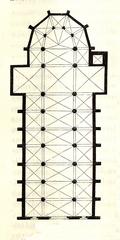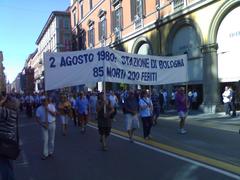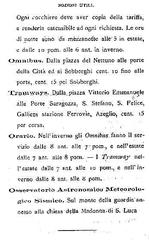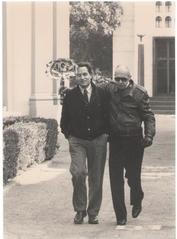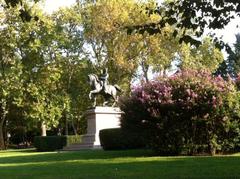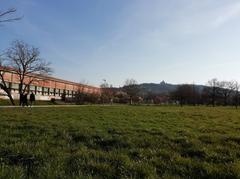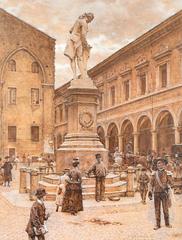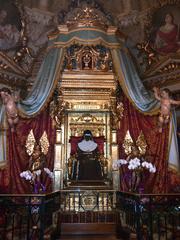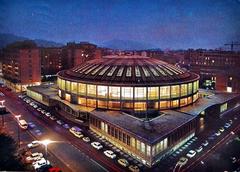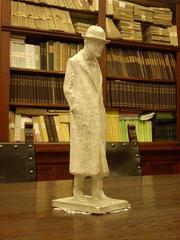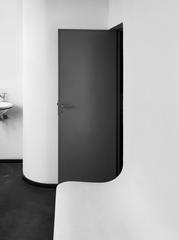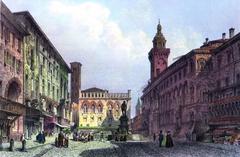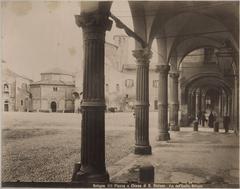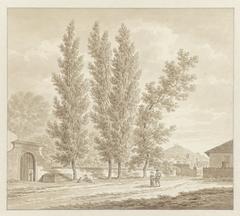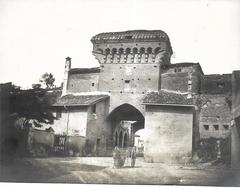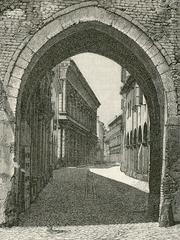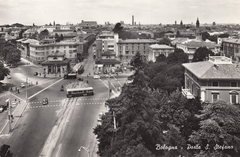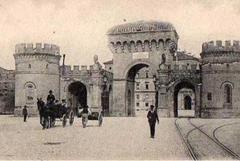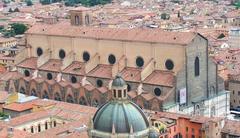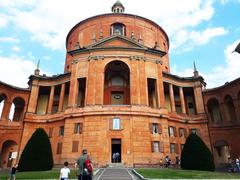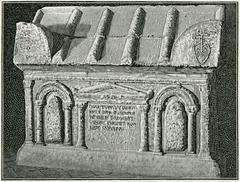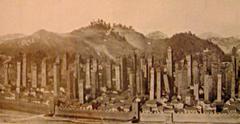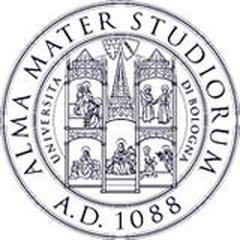Visiting Hours, Tickets, and History of Università di Bologna, Bologna, Italy
Published Date: 18/07/2024
Introduction to Università di Bologna
The Università di Bologna, founded in 1088, stands as a monumental institution in the world of higher education. Recognized as the oldest university in continuous operation, its profound historical significance and architectural splendor make it a must-visit destination for scholars, history enthusiasts, and tourists alike. The university’s origins trace back to a unique model of education where students organized themselves into a guild to hire professors, a revolutionary concept that has influenced the structure of universities globally (University of Bologna). Over the centuries, the university has played a pivotal role in various intellectual movements, from the medieval study of Roman and canon law to the Renaissance embrace of humanism and the pivotal advancements during the Scientific Revolution. The legacy of its notable alumni, including luminaries like Dante Alighieri and Guglielmo Marconi, further cements its status as an intellectual beacon (Encyclopaedia Britannica). This guide aims to provide comprehensive information for visitors, covering everything from historical insights to practical travel tips, ensuring an enriching experience at this storied institution.
Contents Overview
- Introduction
- Founding and Early Years
- Medieval Period
- Renaissance and Humanism
- Scientific Revolution
- Modern Era
- Notable Alumni and Faculty
- Architectural Heritage
- Influence on Higher Education
- Recent Developments
- Visitor Information
- Visiting Hours
- Tickets
- Travel Tips
- Nearby Attractions
- Accessibility
- Special Events
- Guided Tours
- Photographic Spots
- FAQ Section
- Conclusion
Discover the History and Visitor Information for the University of Bologna
Founding and Early Years
The University of Bologna was founded in 1088 by an organized guild of students called the “Universitas Scholarium.” This collective of students hired professors to teach them, a revolutionary model that set the precedent for future universities (University of Bologna).
Medieval Period
During the medieval period, the University of Bologna became a prominent center for the study of law, particularly Roman and canon law. The university attracted students from all over Europe, making it a melting pot of cultures and ideas (Encyclopaedia Britannica).
Renaissance and Humanism
The Renaissance period marked a significant transformation for the University of Bologna, embracing humanism and introducing new subjects such as Greek, Hebrew, and modern languages. Notable scholars like Giovanni Pico della Mirandola and Leon Battista Alberti were associated with the university during this time (History of the University of Bologna).
Scientific Revolution
The University of Bologna played a crucial role during the Scientific Revolution, home to pioneering scientists like Ulisse Aldrovandi and Marcello Malpighi. The university’s commitment to scientific inquiry helped lay the groundwork for modern science (University of Bologna).
Modern Era
In the 19th and 20th centuries, the University of Bologna evolved by expanding its faculties and introducing new disciplines. It played a significant role in the unification of Italy and became a hub for political and social activism in the 20th century (University of Bologna).
Notable Alumni and Faculty
The University of Bologna boasts an impressive list of alumni and faculty, including Dante Alighieri, Petrarch, Niccolò Copernico (Copernicus), and Guglielmo Marconi, who have made significant contributions to various fields and enhanced the university’s reputation (University of Bologna).
Architectural Heritage
The Archiginnasio, built in the 16th century, served as the main building of the university until the early 19th century. It houses the famous Anatomical Theatre and is adorned with coats of arms and inscriptions commemorating the university’s history (Archiginnasio of Bologna).
Influence on Higher Education
The University of Bologna’s model of student self-governance and emphasis on academic freedom has been adopted by many institutions worldwide. The term “university” itself is derived from the Latin “universitas,” reflecting its foundational influence (University of Bologna).
Recent Developments
In recent years, the University of Bologna has established numerous international partnerships and offers a wide range of programs in English. It is committed to sustainability and social responsibility, integrating these values into its research and teaching activities (University of Bologna).
Visitor Information
Visiting Hours
The University of Bologna is open to visitors throughout the week. Specific hours may vary by building and time of year, so it’s advisable to check the official website for the most accurate information.
Tickets
Some areas of the university, like the Archiginnasio and its Anatomical Theatre, may require an entrance fee. Tickets can be purchased on-site or in advance through the university’s website.
Travel Tips
Bologna is well-connected by public transport, making it easy to reach the university. Consider using buses or bikes to navigate the city. Comfortable walking shoes are recommended due to the cobblestone streets.
Nearby Attractions
The University of Bologna is located near several other historical sites, including the Two Towers (Due Torri), Piazza Maggiore, and the Basilica of San Petronio. These landmarks offer a deeper dive into the city’s rich cultural heritage.
Accessibility
The university is committed to accessibility, with ramps and elevators available in most buildings. Visitors with special needs should contact the university in advance to ensure a smooth visit.
Special Events
Throughout the year, the University of Bologna hosts various events, from academic conferences to public lectures and cultural festivals. Check the university’s events calendar for upcoming activities during your visit.
Guided Tours
Guided tours are available and highly recommended for a comprehensive understanding of the university’s history and architecture. Tours can be booked through the university’s visitor center.
Photographic Spots
Photography enthusiasts will find plenty of picturesque spots around the university. The Archiginnasio’s courtyard and the Anatomical Theatre are particularly photogenic.
FAQ Section
Q: What are the University of Bologna’s visiting hours?
A: Visiting hours vary by building and time of year. Check the official website for the most accurate information.
Q: Do I need to buy tickets to visit the University of Bologna?
A: Some areas require an entrance fee. Tickets can be purchased on-site or in advance.
Q: How can I reach the University of Bologna?
A: The university is accessible by public transport. Consider using buses or bikes to navigate the city.
Q: Are there guided tours available?
A: Yes, guided tours can be booked through the university’s visitor center.
Q: What nearby attractions should I visit?
A: Nearby attractions include the Two Towers, Piazza Maggiore, and the Basilica of San Petronio.
Conclusion
The University of Bologna’s rich history and enduring legacy make it a fascinating destination for visitors. Whether you’re interested in its historical contributions or simply want to explore its beautiful campus, this guide provides all the information you need for an enriching visit. Don’t forget to check out related posts and follow the university on social media for the latest updates.
Sources and References
- University of Bologna, 2023, University of Bologna
- Encyclopaedia Britannica, 2023, Encyclopaedia Britannica
- Archiginnasio of Bologna, 2023, Archiginnasio of Bologna

